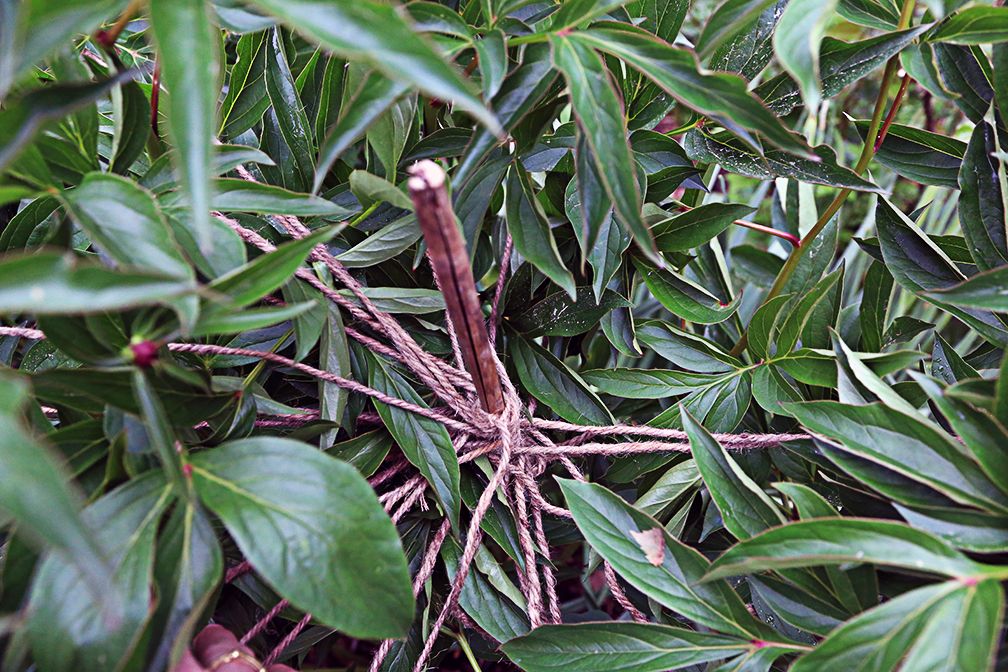Peonies are prized for their sumptuous romantic blooms, but their heavy flower heads often flop over without proper support. Staking peonies can help keep these beauties standing tall and looking their best. Here are some key techniques for staking peony plants successfully.
Why Should You Stake Peonies?
Staking peonies provides several benefits:
- Prevents flopping blooms that bend to the ground
- Avoids broken stems and damage to flowers
- Allows proper air circulation to minimize disease
- Keeps plant appearance neat and tidy
- Makes blooms more visible for maximum display
- Reduces need to constantly reposition flopped stems
Which Peonies Need Staking?
-
Large double flowered peonies tend to require staking more than single or semi-double varieties.
-
Very floriferous mature plants with many stems need support.
-
Top-heavy blooms on weak stems are prone to flopping over.
-
Tree peonies have such massive blooms that they often need individual flower staking.
-
Windy or rainy locations make staking more necessary.
When Should You Stake Peonies?
-
Install supports in early spring before flower buds appear.
-
Staking too late risks damaging emerging stems and blooms.
-
Yearly staking is ideal, but supports can be left over winter in milder climates.
-
Check supports occasionally and reinforce as needed once flowers are open.
5 Simple Staking Methods for Peonies
1. Peony Rings
-
Position the circular wire ring over the peony in spring.
-
As stems grow, gently guide them through the ring’s grid openings.
-
Use progressively taller rings as needed on maturing plants.
2. Bamboo or Metal Stakes
-
Place stakes strategically around the peony in a circle.
-
Use soft garden twine to loosely tie main stems to stakes.
-
Allow slack for stem movement but prevent excessive drooping.
3. Decorative Peony Cages
-
Select a cage style that fits your garden’s decor.
-
Place the cage over the peony in early spring.
-
Stems will grow through the openings to be supported.
4. Tomato Cages
-
Invert large, sturdy tomato cages over smaller peonies.
-
Allows air circulation while providing support.
-
Can also use upright for very bushy plants.
5. Individual Stem Supports
-
Place adjustable metal props near specific stems.
-
Loop each stem through its prop opening.
-
Move higher as stems elongate.
Staking Peonies Successfully
-
Handle stems gently to avoid damage during staking. Allow slack.
-
Give peonies adequate space for air flow and displaying blooms.
-
Combine staking methods as needed – rings for overall structure and props for floppy stems.
-
Check supports periodically and reinforce during growth and flowering.
-
Remove stakes after flowering if desired, or leave in place for winter in cold climates.
Properly staking peonies takes a bit of time and effort, but allows you to fully appreciate their sumptuous blooms. Experiment with different techniques to keep your peonies standing tall and growing vigorously through the season.
6 Ways to Support Flopping Peonies
FAQ
How to keep peonies from flopping over?
How do you stake a peony?
What is the best support for peonies?
Which peonies need staking?
- A Complete Guide to Caring for Yuki Cherry Blossom Shrub - January 23, 2025
- Identifying Red Hot Poker Seeds: What to Look For When Harvesting Torch Lily Pods - January 23, 2025
- A Complete Guide to Harvesting Evening Primrose Seeds - January 23, 2025

